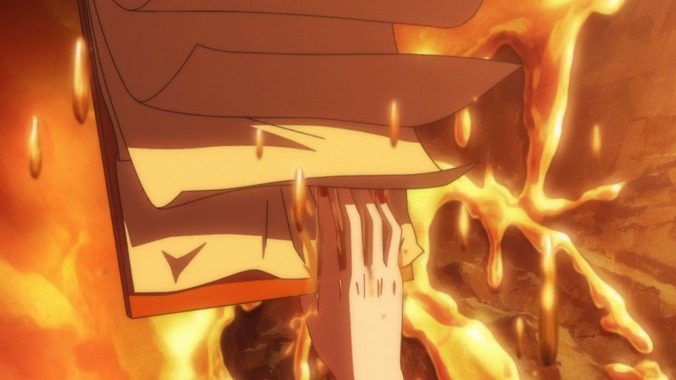Management: This essay is meant to be less of a review and more of analysis of the show being examined. It contains plot spoilers for the Land of the Lustrous anime.


You could say that the boddhisattva of compassion underwent a makeover of sorts as Buddhist missionaries spread their faith northward and eastward. They journeyed from India, establishing Buddhist followings in Central Asia, China, Korea, and eventually Japan. Avalokiteśvara, as this boddhisattva was known as in India, is depicted in iconography as lightly clad. Kannon, as the boddhisattva came to be called in Japan, is depicted far more modestly. The boddhisattva in India is also depicted as a man. In contrast, the boddhisattva in Japan is depicted as a woman. This incongruity in the gender of this singular boddhisattva naturally arouses a couple of questions concerning (1) why the boddhisattva experienced a gender transition and (2) what the boddisattva’s gender is even. The answer to the second question is that the boddhisattva doesn’t have a gender. In the Mahayana branch of Buddhism, buddhas and boddhisattva have transcended it.

Given the sexless nature of the Lustrous and the Lunarians, I can’t help but wonder if the creator of Land of the Lustrous devised her characters with the Mahayana Buddhist conception of boddhisattva and buddhas in mind. If she did, then that’s great. If she didn’t, then it at least gives me an excuse to talk about the show more, specifically in how genderless identity can be interpreted as being connected to Buddhist transcendence.






